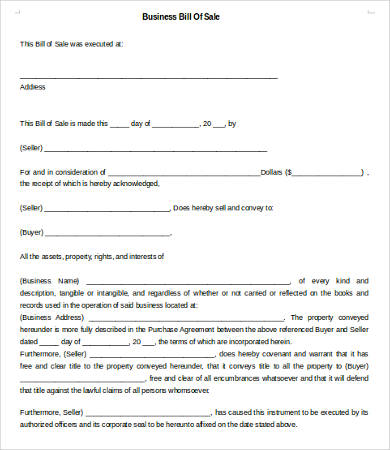 Many people are afraid to focus in on a small, well-defined target market because they are afraid they won’t be able to make enough sales. You may be surprised to find that you make more sales, with less effort, when you define a clear market niche and go after it.
Many people are afraid to focus in on a small, well-defined target market because they are afraid they won’t be able to make enough sales. You may be surprised to find that you make more sales, with less effort, when you define a clear market niche and go after it.
First let’s take a look at how Anna Masters decided how big her market needs to be. Anna plans to sell a how-to package consisting of an E-book and some templates for $47. She expects to make $42 profit on each book. Anna wants to make $5,000 on this venture. She has a few expenses, so she decides she will need to make $5,300 in profit so she can pay herself the desired $5000.
Armed with this information, Anna calculates how many paying customers she needs. She divides $5,300 by $42 and finds she needs just 126 paying customers.
Now Anna calculates how big her niche market needs to be. She expects to make at least one sale for every five people who express an interest in her product. She also thinks that at least one out of every 20 people who hear about her product will be interested. Anna multiplies 126 (# of paying customers she needs) by 5 (# interested people needed to get a sale) by 20 (# people needed to find one who is interested) and gets an answer of 12,600.
Anna now knows she needs a niche market with at least 12,600 people. She begins her keyword research to find her market.
Now it’s your turn. Answer the questions below and follow the instructions and you’ll see how big your target market needs to be.
Here are the questions you will answer to calculate how big your niche market should be.
Your sales goal
1. How much money do you want to take home?
2. How much money, if any, must you spend to keep your business running? (Include things like office expenses, rent, and internet costs.)
3. How much you will need in profits? (add line 1 and line 2)
Your average profit
4. How much money will your customer pay for your product?
5. What, if anything, will you pay for each product? (Include things like credit card processing fees, cost to produce the product, and cost to package the product.
6. What is your average profit per sale? (subtract line 5 from line 4)
Your customers
7. How many sales do you need? (divide line 3 by line 6)
8. How many times will your customer make a purchase?
9. How many customers do you need? (divide line 7 by line 8 )
Your market
10. How many prospects do you need to get a customer? (For example, if you make one sale for every five people who express an interest, the answer to this question would be five.)
11. How many prospects do you need? (multiply line 9 by line 10)
12. How many people do you need to contact before you find a prospect? (For example, let’s assume one out of every 20 people you contact will express an interest. Then your answer to this question is 20.)
13. How many people do you need in your target market? (multiply line 11 by line 12)
Whew! Was that a lot of work? This may be confusing at first, but understanding how this works will help you get very smart about marketing and selling as your business develops and grows.
- 1:57 am
- Friday
- December 27, 2024
